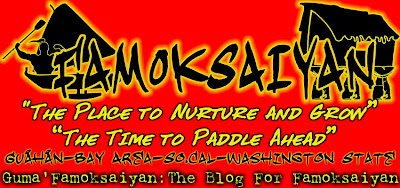Setbisio Para i Publiko #33: The Question of Guam (2010)

The United Nations is a strange beast in Guam in turns of its place in the movement for decolonization. Prior to the failure of Commonwealth in 1997, the UN was always a quiet force in the background, but held little authority or played a very minor role in the consistency of arguments or political positions. Even when Chamorro activists were successful in getting people on Guam to recognize the Chamorro people as being indigenous, even though activists were successful in defeating a Constitutional movement on Guam, which would have trapped the island within an American framework, and both of these things rely heavily on discourses which find great potency in the UN and its history, they were not strongly international movements. The UN itself, although still a quiet presence on Guam, is still interpreted in a very American framework, and so regardless of how Guam's relationship to the UN is fundamentally different (it is a non-self-governing territory), people here tend to see

